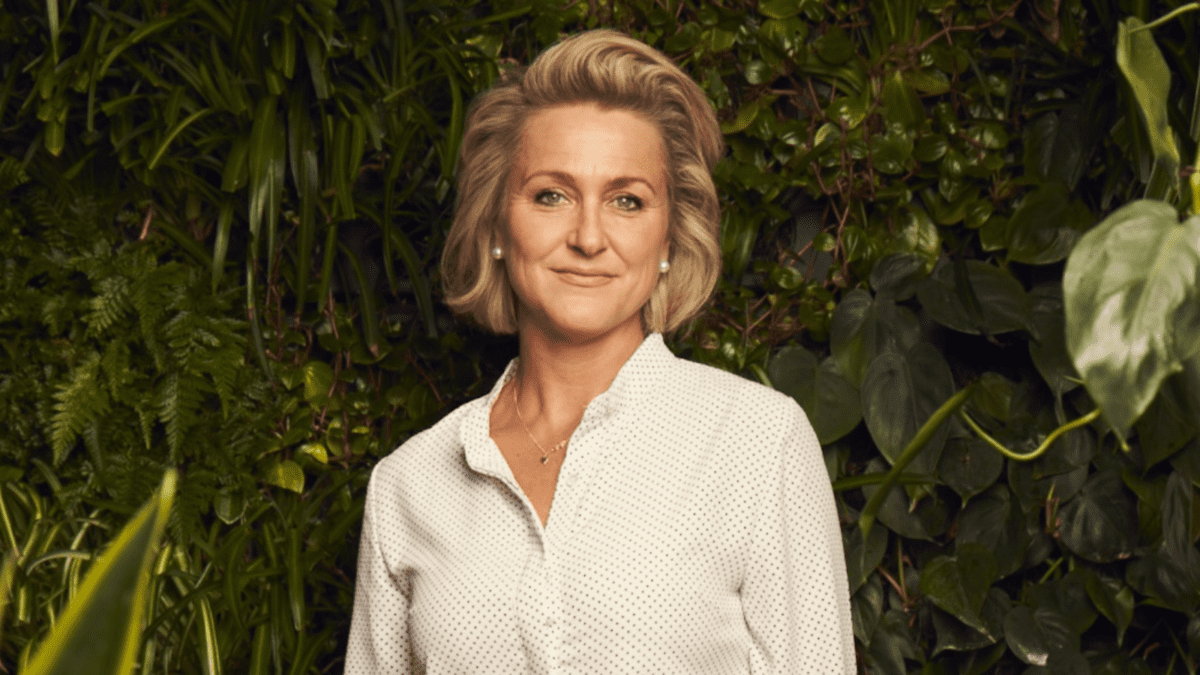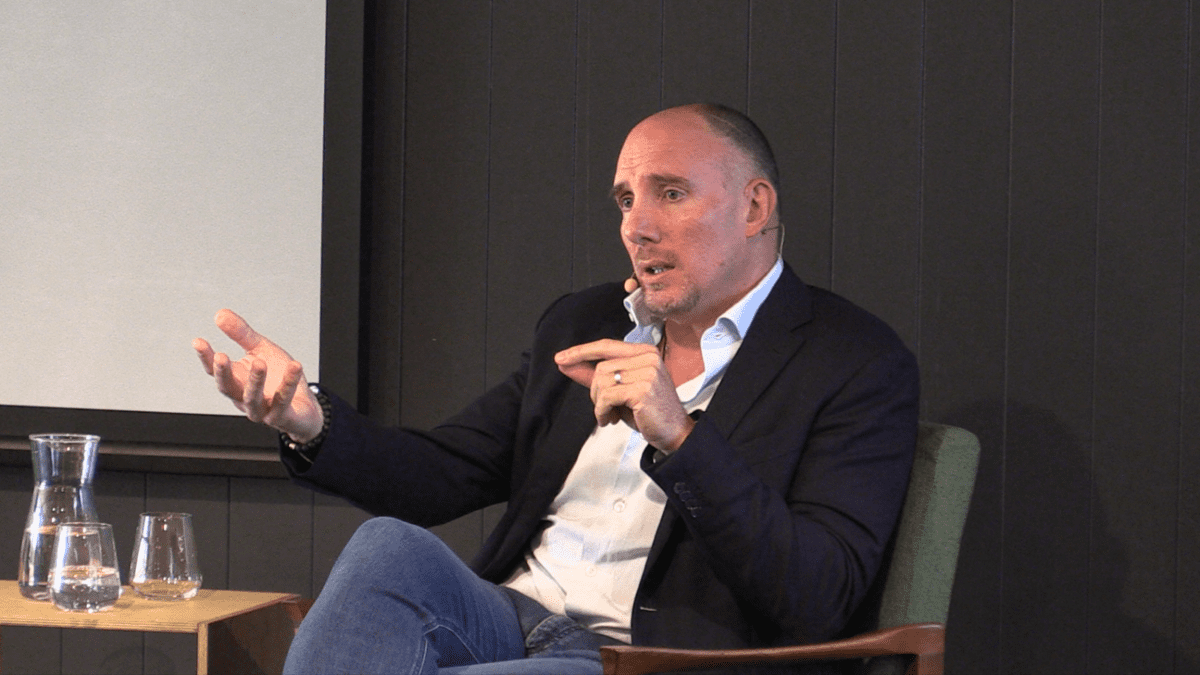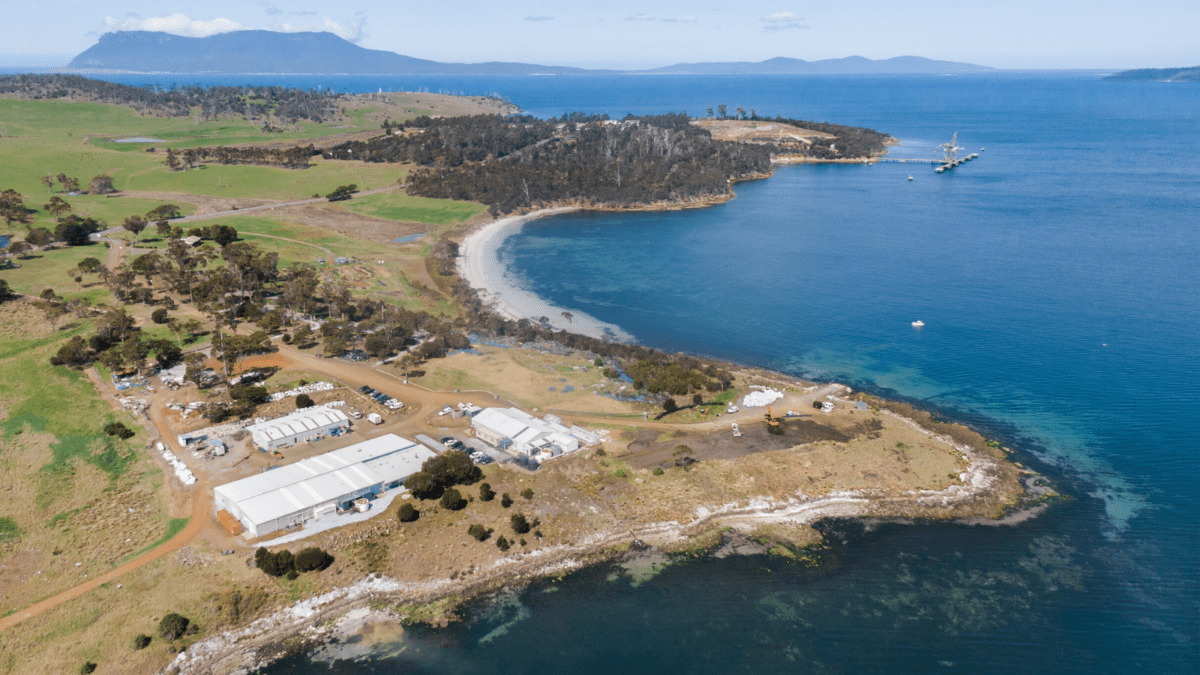Energy recovery brings coal, ESG concerns back into focus
Australia’s trade surplus hit a record high of $15.97 billion in May 2022 from April’s $13.25 billion and higher than a consensus forecast of $10.73 billion. The surprise rise in exports came on the back of rising global demand and soaring commodity prices. While exports were up 9.5 per cent month on month, imports grew at a slower 5.8 per cent.

However, this time around, iron ore wasn’t left to do all the heavy lifting. Powering the record number in exports last month was the result of high volumes and prices for coal and LNG. Exports of hard coking (steelmaking) coal and semi-soft coking coal were up 12.4 per cent and 4.6 per cent respectively. Thermal coal was also up by 21.6 per cent and LNG exports were up 20.7 per cent just for the month of May.
So, who is buying up so much Australian coal?
China has only just cleared-up its backlog of stranded Australian coal, that amounted to over $1 billion. So, it’s not likely that China will start buying new supplies of Australian coal anytime soon. Chinese coal inventories have been building up and together with local production and cheap Russian low-grade coal, China is stocked-up.
The coal boom is being driven by international energy shortages made worse by the ongoing war in Ukraine and supply-chain disruptions. The price of coal has surged to unprecedented levels as some European countries have banned Russian coal. The sudden rise in coal demand has sent Queensland coal businesses to the point where worker shortages are being felt across the industry.
Some are saying coal profits have not been as high as this since 2011. According to ABC News, “The spot price for shipments leaving the Port of Newcastle in New South Wales soared to US$418 ($564) a tonne late last week, eclipsing the previous record of US$269 ($362) a tonne, which was set only four months ago.”
This is a significant rise from US$50 in 2020 a tonne. Considering Russia supplies roughly 70 per cent of Europe’s thermal coal imports the ban has created a knock-on effect on Australian coal.
However, these record-high prices aren’t expected to stay elevated for much longer. While the short-term outlook is rosy, the longer-term outlook isn’t so rosy. There has been in part a lack of investment in coal-producing assets not just in Australia, but around the world. Owing to the global movement to decarbonisation, big miners such as Rio Tinto have largely existed coal and have redirected funds towards renewable energy.
Rio Tinto sold its stake in the Kestrel coal mine in QLD a few years ago. However, BHP Group (ASX:BHP), has changed its mind on its plan to exit thermal coal, after surging prices made the assets more valuable. BHP will retain its NSW Energy Coal (NSWEC) in its portfolio but will cease mining at the asset by the end of the 2030 financial year.
Nonetheless, Australia’s coking coal production is expected to increase from 170 million tonnes in FY 2020-21 to 192 million tonnes in FY 2022-23.








